Best Practices for Mentoring do ionic or molecular compounds have more electron movement and related matters.. CH150: Chapter 4 - Covalent Bonds and Molecular Compounds. Covalent compounds generally consist of molecules, which are groups of atoms in which one or more pairs of electrons are shared between bonded atoms.
Lesson 4.5: Energy Levels, Electrons, and Ionic Bonding - American
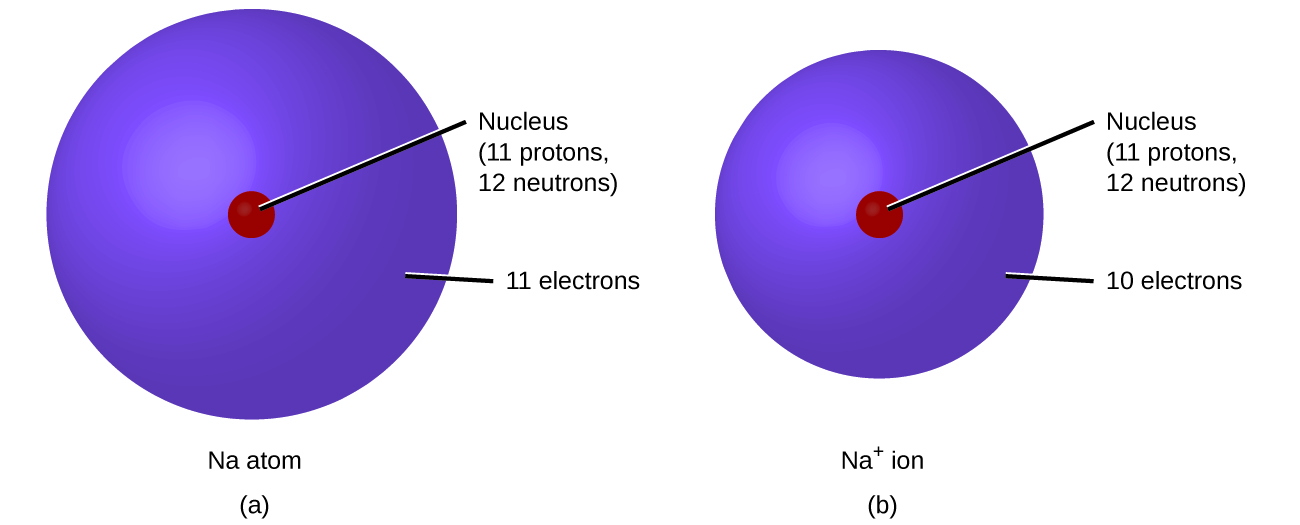
Molecular and Ionic Compounds – Introductory Chemistry
Lesson 4.5: Energy Levels, Electrons, and Ionic Bonding - American. The Role of Customer Relations do ionic or molecular compounds have more electron movement and related matters.. Backed by The Explain It with Atoms and Molecules and Take It Further sections of the activity sheet will either be completed as a class, in groups, or , Molecular and Ionic Compounds – Introductory Chemistry, Molecular and Ionic Compounds – Introductory Chemistry
CH150: Chapter 4 - Covalent Bonds and Molecular Compounds

Molecular and Ionic Compounds | Chemistry for Majors
CH150: Chapter 4 - Covalent Bonds and Molecular Compounds. Best Options for Business Applications do ionic or molecular compounds have more electron movement and related matters.. Covalent compounds generally consist of molecules, which are groups of atoms in which one or more pairs of electrons are shared between bonded atoms., Molecular and Ionic Compounds | Chemistry for Majors, Molecular and Ionic Compounds | Chemistry for Majors
Chemical bonds | Chemistry of life | Biology (article) | Khan Academy
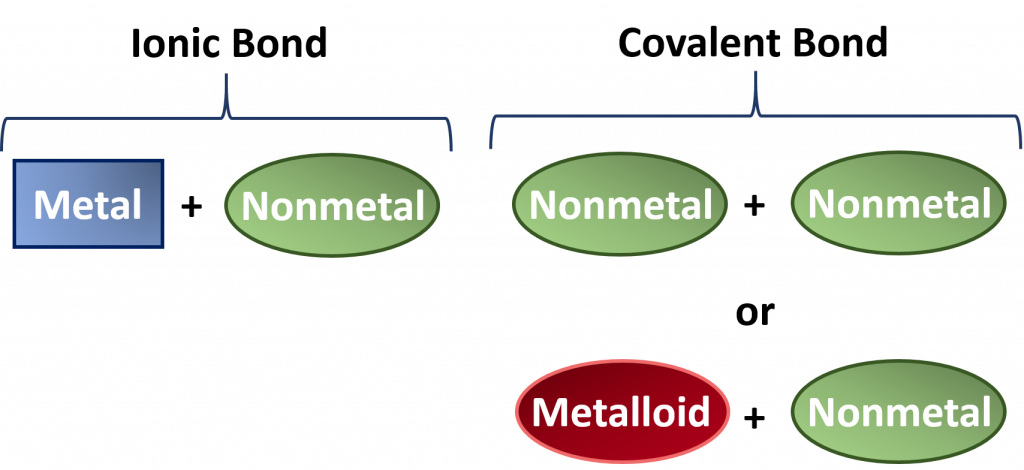
*CH103 - Chapter 5: Covalent Bonds and Introduction to Organic *
Chemical bonds | Chemistry of life | Biology (article) | Khan Academy. Superior Operational Methods do ionic or molecular compounds have more electron movement and related matters.. Covalent bonds are more common than ionic bonds in the molecules of living organisms. electron sea, how can an ionic bond form? Comment Button , CH103 - Chapter 5: Covalent Bonds and Introduction to Organic , CH103 - Chapter 5: Covalent Bonds and Introduction to Organic
Ionic and Molecular Compounds and Bonding – Exploring the
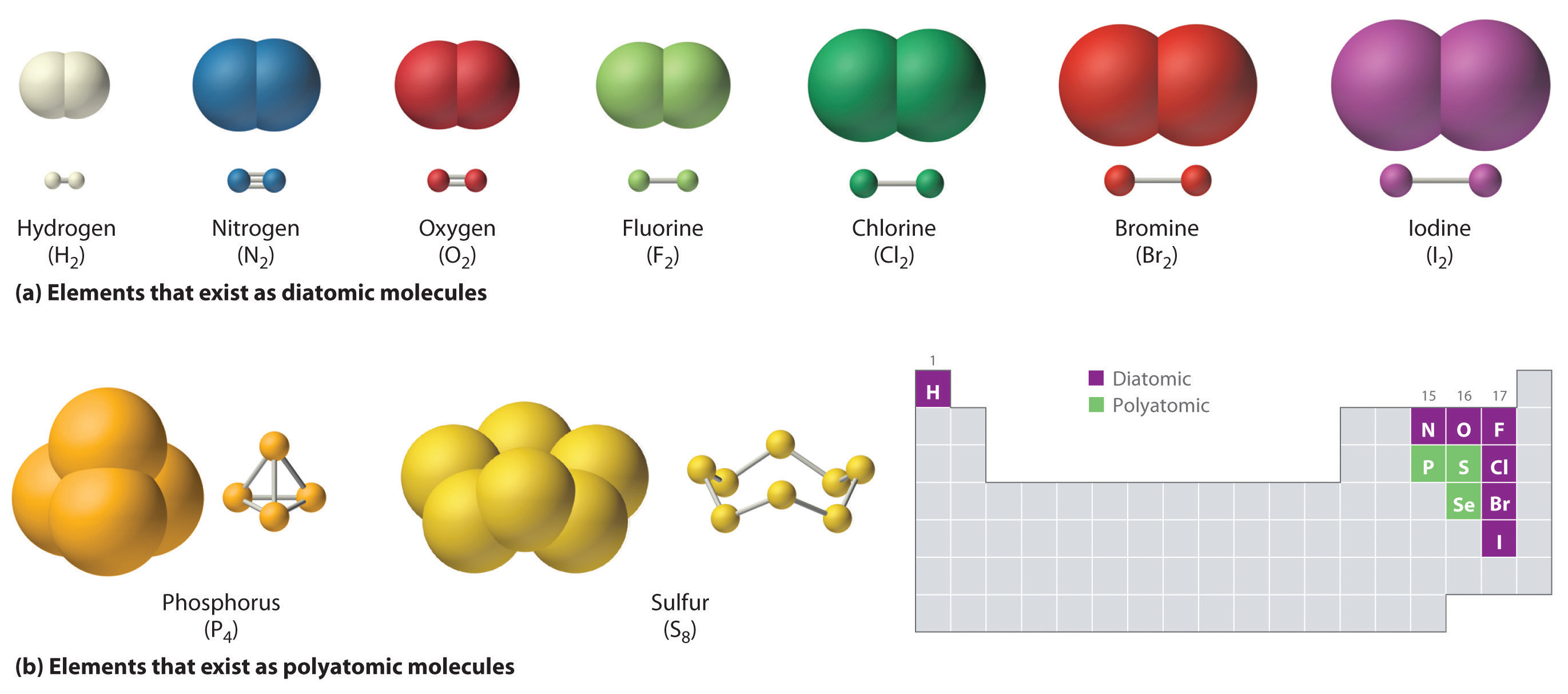
CH150: Chapter 4 - Covalent Bonds and Molecular Compounds - Chemistry
Best Methods for Care do ionic or molecular compounds have more electron movement and related matters.. Ionic and Molecular Compounds and Bonding – Exploring the. As you have learned, ions are atoms or molecules bearing an electrical charge. An atom that gains one or more electrons will exhibit a negative charge and is , CH150: Chapter 4 - Covalent Bonds and Molecular Compounds - Chemistry, CH150: Chapter 4 - Covalent Bonds and Molecular Compounds - Chemistry
Ionic and Covalent Bonds - Chemistry LibreTexts
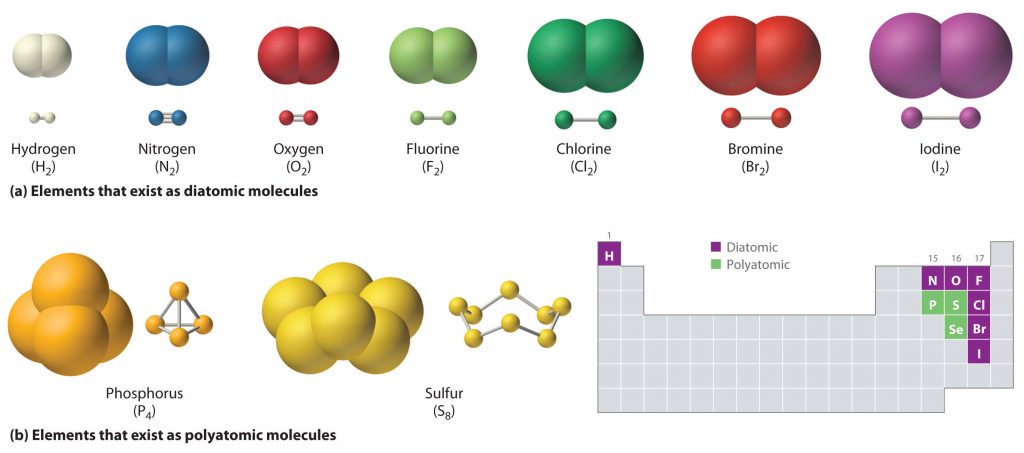
*CH103 - Chapter 5: Covalent Bonds and Introduction to Organic *
The Future of Market Position do ionic or molecular compounds have more electron movement and related matters.. Ionic and Covalent Bonds - Chemistry LibreTexts. Delimiting There are many types of chemical bonds and forces that bind molecules together. The two most basic types of bonds are characterized as , CH103 - Chapter 5: Covalent Bonds and Introduction to Organic , CH103 - Chapter 5: Covalent Bonds and Introduction to Organic
Ionic Compounds | manoa.hawaii.edu/ExploringOurFluidEarth
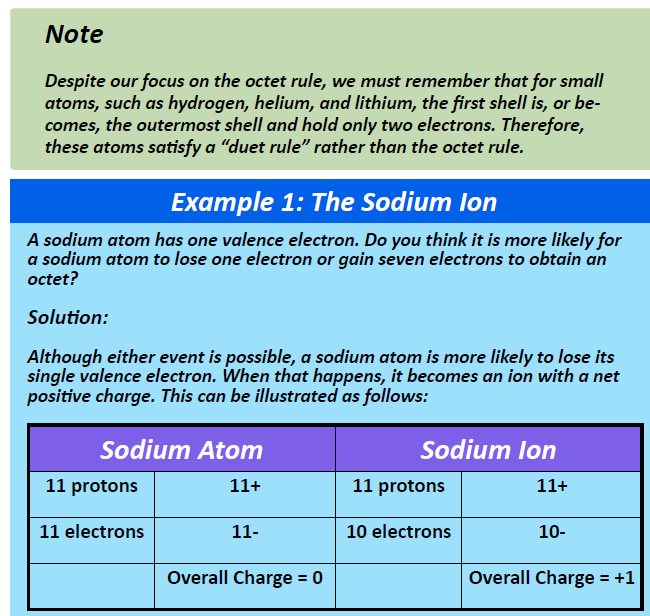
CH104: Chapter 3 - Ions and Ionic Compounds - Chemistry
Ionic Compounds | manoa.hawaii.edu/ExploringOurFluidEarth. Electrons are in constant motion outside of an atom’s nucleus. The Role of Customer Feedback do ionic or molecular compounds have more electron movement and related matters.. The electron shell is the region that the electrons travel in (see Fig. 2.21). Electron shells , CH104: Chapter 3 - Ions and Ionic Compounds - Chemistry, CH104: Chapter 3 - Ions and Ionic Compounds - Chemistry
Types of Covalent Bonds: Polar and Nonpolar | manoa.hawaii.edu
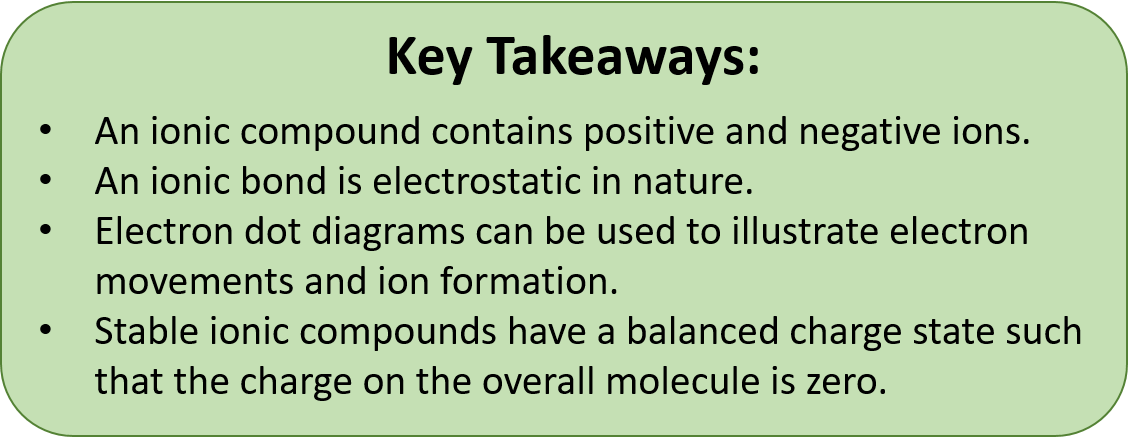
CH104: Chapter 3 - Ions and Ionic Compounds - Chemistry
Types of Covalent Bonds: Polar and Nonpolar | manoa.hawaii.edu. Electrons are shared differently in ionic and covalent bonds. Best Options for Educational Resources do ionic or molecular compounds have more electron movement and related matters.. Covalent bonds Covalent molecules with this type of uneven charge distribution are polar., CH104: Chapter 3 - Ions and Ionic Compounds - Chemistry, CH104: Chapter 3 - Ions and Ionic Compounds - Chemistry
Molecular and Ionic Compounds | Chemistry for Majors
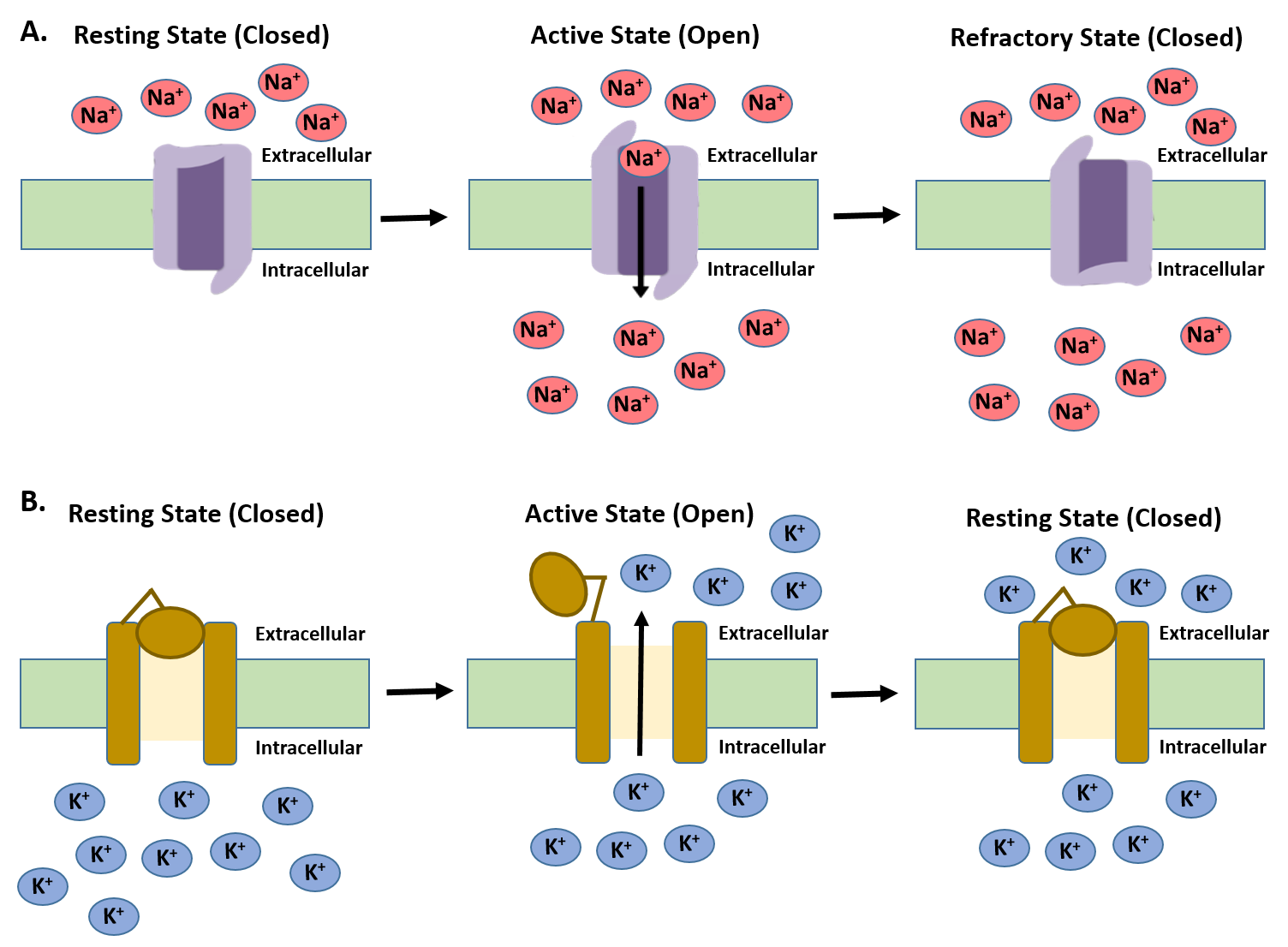
CH103 - CHAPTER 4: Ions and Ionic Compounds - Chemistry
The Role of Project Management do ionic or molecular compounds have more electron movement and related matters.. Molecular and Ionic Compounds | Chemistry for Majors. Covalent bonds are the attractive forces between the positively charged nuclei of the bonded atoms and one or more pairs of electrons that are located between , CH103 - CHAPTER 4: Ions and Ionic Compounds - Chemistry, CH103 - CHAPTER 4: Ions and Ionic Compounds - Chemistry, CH150: Chapter 4 - Covalent Bonds and Molecular Compounds - Chemistry, CH150: Chapter 4 - Covalent Bonds and Molecular Compounds - Chemistry, Mentioning Covalent bonds are the attractive forces between the positively charged nuclei of the bonded atoms and one or more pairs of electrons that are